In 1978, Hustler magazine depicted a headless woman shoved into a meat grinder on their June cover. Thirty two years later, Spike TV chose virtually the same image to promote their television show Blue Mountain State. Also, note the poster image for the film Choke, pictured below. This installment of “Disembodied Women” focuses on the continued use of dismemberment, in this case exposing women’s bare legs, to advertise films. The posters vary considerably, promoting horror films and romantic comedies, as well as foreign films and period pieces. The problem with such advertisements, as media activist Jean Kilbourne argues in her book Can’t Buy My Love: How Advertising Changes the Way We Think and Feel, is that this perpetual sexual objectification of women encourages men to think of women as inferior. Additionally, women begin to view themselves as a collection of body parts, where a perceived flaw in only one area of the body leads to an obsessive desire to perfect the whole. For more disturbing evidence, check out our first and second installments, The Rear View and The Headless Woman, and feel free to add to our growing list of offending films in the comments section.
Disembodied Women Take Three: Leggy Perfection
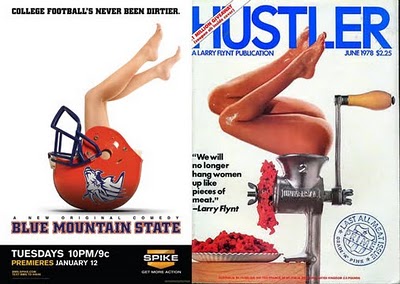






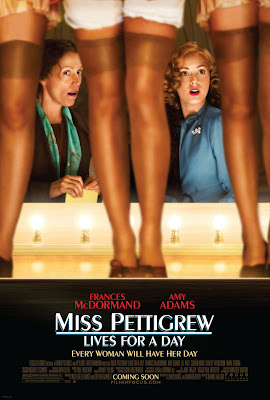

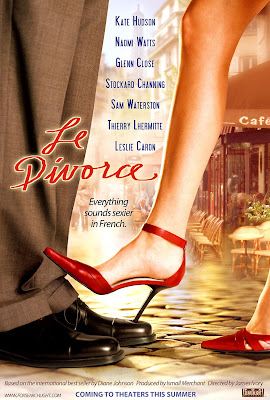





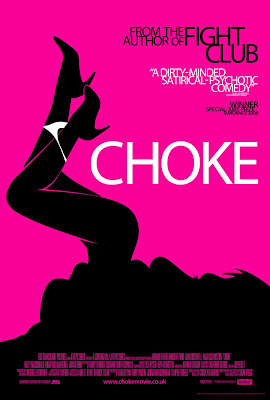
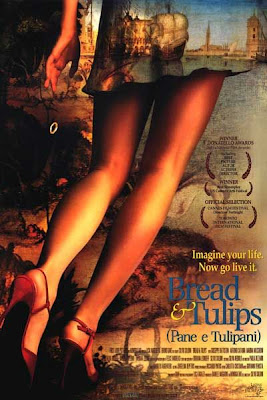

(Linked from Shakesville).
I think that if you include Kinky Boots (which if I remember correctly is actually the story of a man who went into business making sexy “women’s” shoes for men with feet too large to fit into traditional women’s shoes), it might be important to note why/or that the legs seem to be meant to code as female, because if I remember correctly, they aren’t.
I was aware of the plot of Kinky Boots when I included this poster. I actually like that film quite a lot. The point of this series though (analyzing how film companies choose to advertise their films) is to analyze how film companies choose to advertise their films. If someone sees a poster of Kinky Boots, how will that person interpret the plot of the film? It’s interesting to think about …